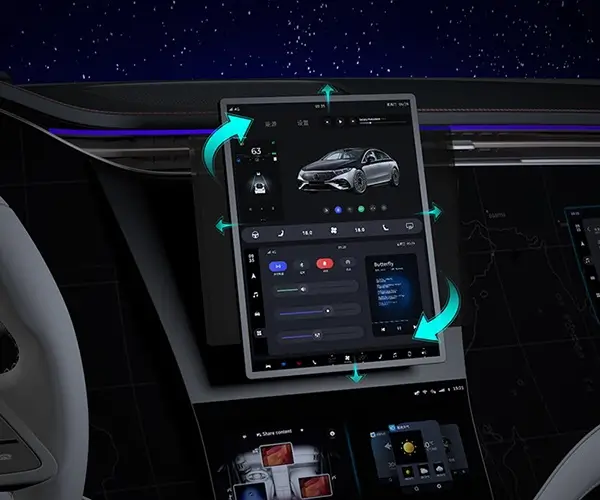Ever seen a 3D model of a delta servo motor? It’s kind of mesmerizing how precise and sleek those tiny components look, like artwork that’s as much about engineering as it is about design. You can almost feel the meticulous craftsmanship just by looking at the digital replica. This stuff isn’t just for show; it’s built for performance, for automation that demands both power and finesse.

Now, dive a little deeper. That 3D model? It’s more than just a static picture. It’s a blueprint you can rotate, zoom, and scrutinize from every angle. It reveals the motor’s intricate assembly—how the stator coils coil around the core, how the rotor spins with such smooth precision, and how every tiny screw and connector plays a role in the bigger picture. When you get to see this stuff in three dimensions, you start to grasp the engineering marvel behind it.
People often ask, “Why does this matter?” Think about it—if you’re designing a robot arm, a CNC machine, or some high-precision automation setup, understanding the details of each component helps you optimize your build. This model helps you visualize how the motor fits into your system, what kind of torque it can handle, and how it responds to control signals. It’s like having a virtual test drive before ever turning the key.
And, let’s be honest, the visual appeal is pretty cool, right? But behind that aesthetics lies robustness. A delta servo motor has to be durable, efficient, and reliable. The digital model makes it easier to spot potential issues—like weak points in the coil arrangement or possible interference areas. That early insight saves time and money when it’s time to actually manufacture.
What’s more, the 3D rendering isn’t just a static thing—it’s a tool for innovation. Interested in customizing the specs? Want to see how different sizes or configurations look before committing? The model can adapt, showing you possible modifications in real-time. It’s like playing with Lego but on a sophisticated, high-tech level.
If you’re wondering about accessibility, these models serve a purpose. They make the complex comprehensible, giving you confidence in your decisions. Knowing the internal architecture of a delta servo motor helps bridge the gap between just choosing a part and truly understanding how it’ll perform in your operation.
Is there anything more satisfying than the perfect fit? Possibly, knowing a top-tier component like this can elevate the entire project. That’s where these models shine—making the invisible visible. They’re not just for engineers—they’re for anyone who values precision and clarity in a crowded market.
When you see a 3D model like this, you realize it’s not just about looks. It’s about potential—how it can fit into bigger plans, enhance efficiency, and launch new ideas. That’s the beauty of modern digital tools—they turn technical complexity into accessible, inspiring visuals that unlock new possibilities.
Established in 2005, Kpower has been dedicated to a professional compact motion unit manufacturer, headquartered in Dongguan, Guangdong Province, China. Leveraging innovations in modular drive technology, Kpower integrates high-performance motors, precision reducers, and multi-protocol control systems to provide efficient and customized smart drive system solutions. Kpower has delivered professional drive system solutions to over 500 enterprise clients globally with products covering various fields such as Smart Home Systems, Automatic Electronics, Robotics, Precision Agriculture, Drones, and Industrial Automation.




































